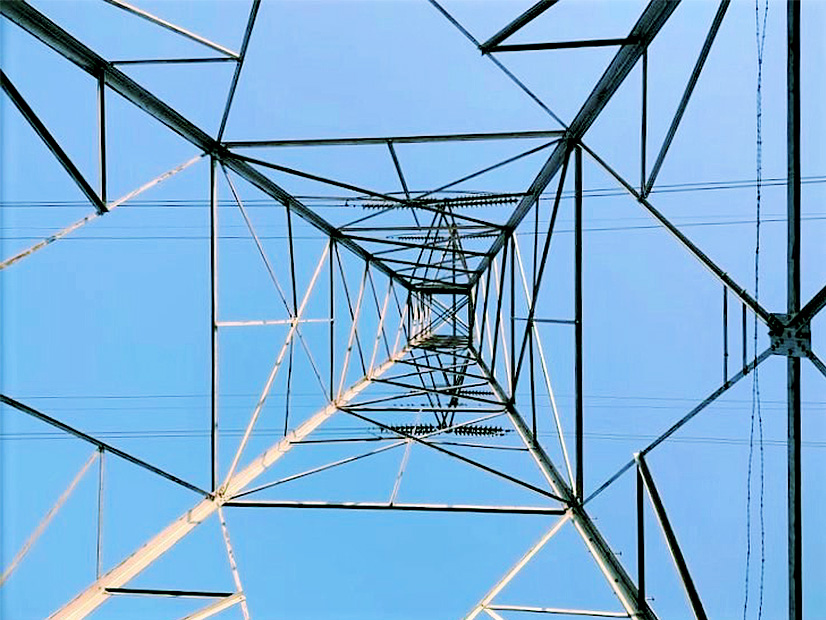MISO foresees a relatively easy shift to incorporate transmission owners’ dynamic line ratings but says it will have to settle on a weather forecasting method.
Operations manager Brian Kiefer said MISO’s real-time systems can comfortably host transmission lines’ varied ratings required under FERC Order 881.
“We’re in good shape there,” he told stakeholders during a Jan. 28 Reliability Subcommittee meeting.
Order 881 requires transmission providers to establish ambient-adjusted line ratings into transmission service and near-term markets. (See FERC Orders End to Static Tx Line Ratings.)
Kiefer said the commission’s requirement for 10 days of hourly forecasted ratings for short-term transmission requests will be new for the industry. Stakeholders asked whether TOs would have to furnish their own temperature forecasts or whether the RTO will provide that data to make ratings forecasts more uniform.
“We’re looking at what sort of data we can provide to our members to make implementation easier, and that includes weather data,” Kiefer said.
He said MISO will probably create a new ratings data interface for its TOs.
Reliability Subcommittee Chair Ray McCausland predicted that stakeholders will form a task team to assign responsibilities and hammer out compliance details.
Kiefer said he expects FERC will require dynamic line ratings be implemented by summer 2025. He said MISO will likely form a pilot project in the meantime to implement TOs’ temperature-adjusted ratings as they are finalized.
The grid operator has said “increasingly complex operating days require more complete understanding of equipment reliability” under emergency line ratings. MISO also said more than 60% of ratings for transmission facilities are “identical ratings across severity categories,” meaning some TOs’ normal and emergency ratings have the same values.
Multiple stakeholders have told the RTO that reliability should come first when applying dynamic transmission ratings. Stakeholders have also warned that raising ratings on one facility might have downstream impacts on other transmission facilities in the system.
Stacy Hebert, a TO representative, has also said that implementing ambient adjusted ratings sets is not a guarantee that a facility won’t bind.
Staff and TOs last year identified about 500 candidate facilities that have bound on congestion quarter-to-quarter. About 25% of those facilities are already in an ambient-adjusted ratings program.
MISO Independent Market Monitor David Patton has extolled the benefits of ambient adjusted transmission ratings several times in public stakeholder meetings. He has said the grid operator could realize several hundred million dollars in annual savings if TOs fully implemented the ratings.
He reported that MISO’s real-time congestion costs more than doubled from late 2020 to late 2021 as more transmission elements began binding year-over-year. Patton attributed the sharp increase to the costs of re-dispatching the system to manage constraints caused by high wind output and natural gas prices. Ambient adjusted ratings and a plan for grid reconfigurations could ease constraints, he said.
Patton has also rejected the idea that TOs can’t use dynamic ratings on transformers. Last year he asked that MISO examine individual transformers to see if they can handle ambient adjusted ratings. Some board members have observed that many of the system’s transformers are probably antiques.
MISO and its transmission owners have been working since late 2020 to establish more dynamic line ratings.



